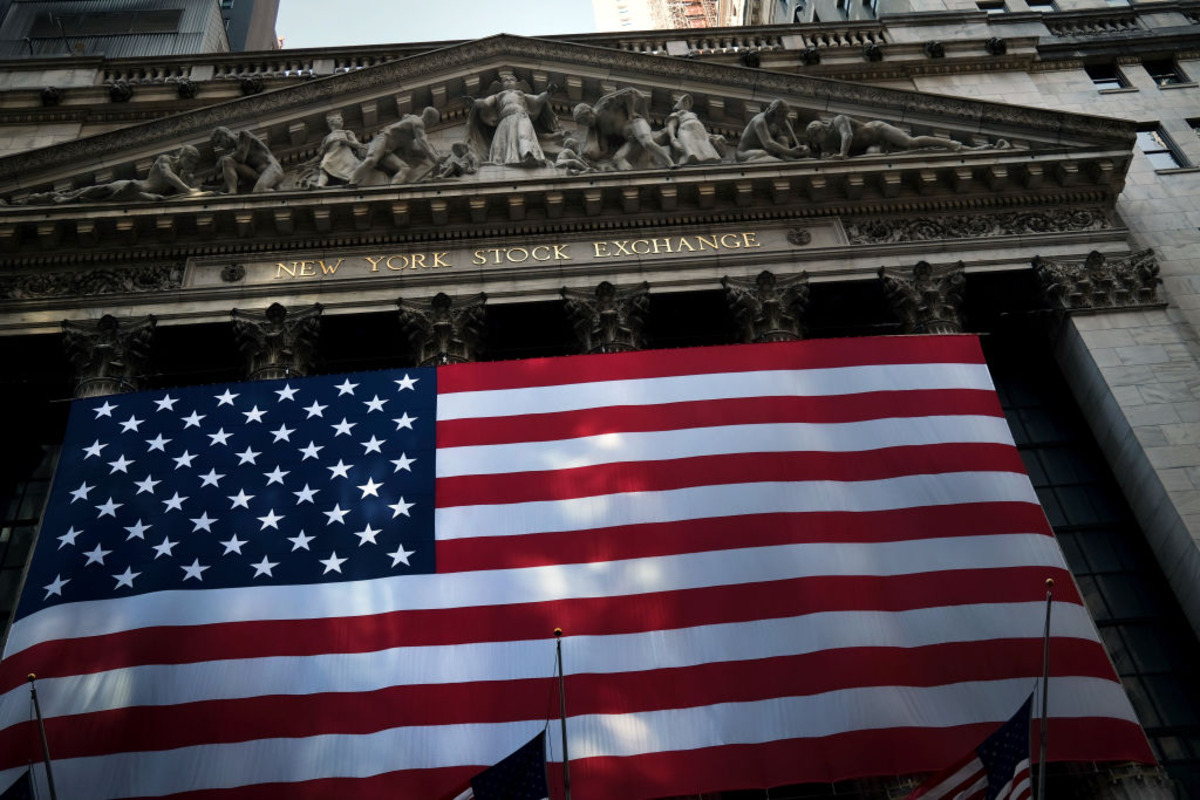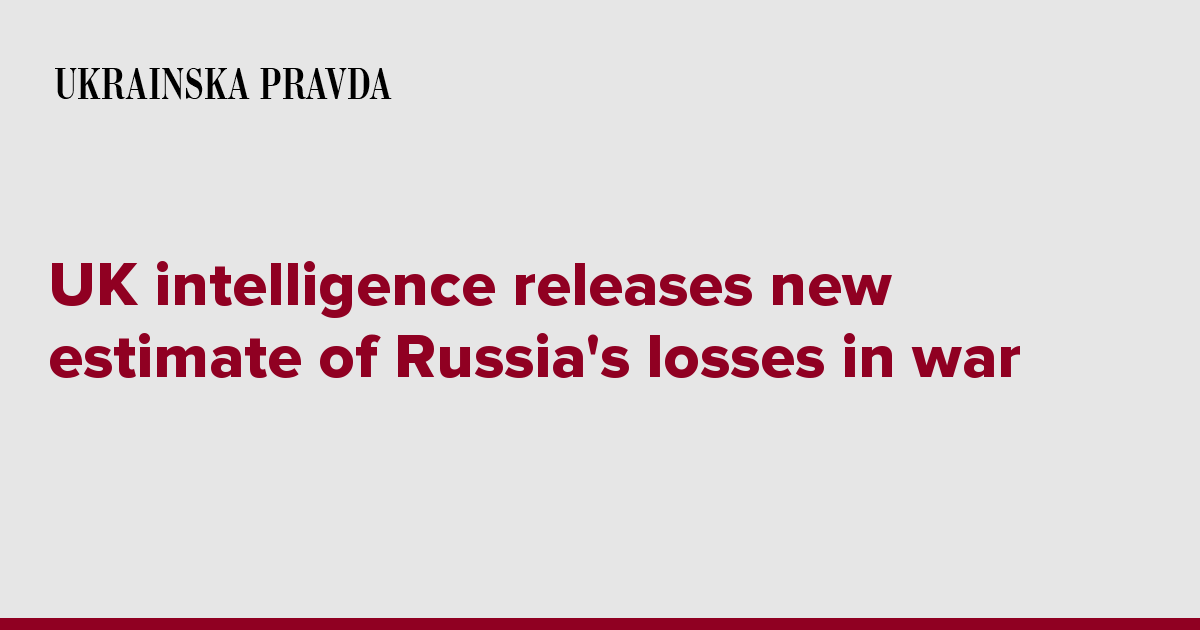US inflation picks up as Fed considers pace of interest rate cuts
US inflation increased on the back of stubborn housing costs, new figures show, strengthening the case for a gradual approach to cutting interest rates. The consumer price index increased to 2.6 per cent in October, according to figures from the Bureau of Labour Statistics, up from 2.4 per cent the month before but in line [...]


US inflation increased on the back of stubborn housing costs, new figures show, strengthening the case for a gradual approach to cutting interest rates.
The consumer price index increased to 2.6 per cent in October, according to figures from the Bureau of Labour Statistics, up from 2.4 per cent the month before but in line with expectations.
The figures showed that prices rose 0.2 per cent month-on-month, with shelter costs accounting for over half of the monthly increase. The shelter index measures the cost of housing.
Core inflation, which strips out volatile components such as food and energy, remained at 3.3 per cent, pointing to stubborn underlying dynamics.
Coming just a week after the Fed’s latest meeting, the figures will likely bolster the case for a slow and steady approach to cutting interest rates.
Rate-setters unanimously opted for a 25 basis point cut last week, rather than the larger 50 basis point cut with which they had started the cutting cycle. The decision means the federal funds rate stands in a range of 4.50-4.75 per cent.
Going forward, analysts think that the Fed will be as focused on the labour market as they are on the inflation rate.
Richard Flynn, managing director at Charles Schwab UK, said the Fed’s next rate decision would be “relatively un-impacted” by the figures.
“For now, prices remain relatively stable, and unless rising inflation emerges as a clear trend, the concerns about the jobs market are more pressing,” he said.
The last jobs report suggested that only 12,000 jobs were created in October, the lowest rate of job creation in Joe Biden’s Presidency.
Although this was largely due to extraneous factors, such as the impact of hurricanes, most economists still think that slack in the labour market is gradually building.
In a statement accompanying their last decision, Fed officials said the risks to achieving its employment and inflation goals were “roughly in balance”.
Looking forward, Fed officials will be worrying about the inflationary implications of Donald Trump’s re-election as President.
“If fiscal policy turns out to be more expansionary than currently envisaged by the markets, this could complicate the Fed’s work further down the line,” Daniele Antonucci, chief investment officer at Quintet Private Bank said.



